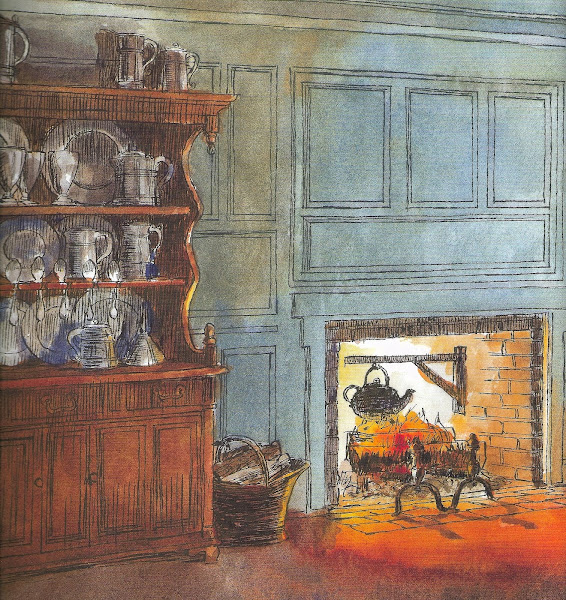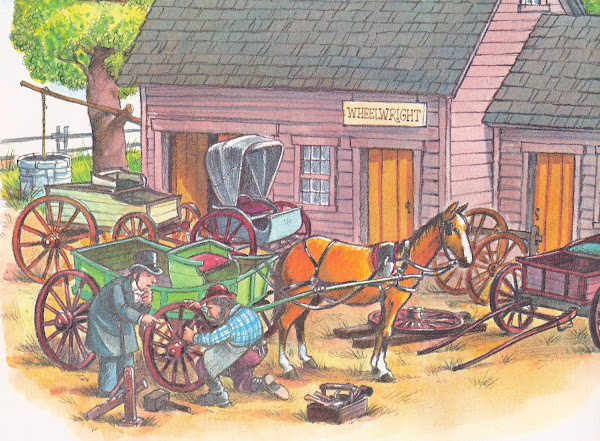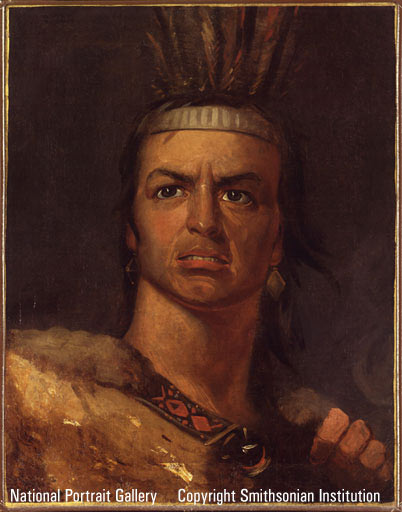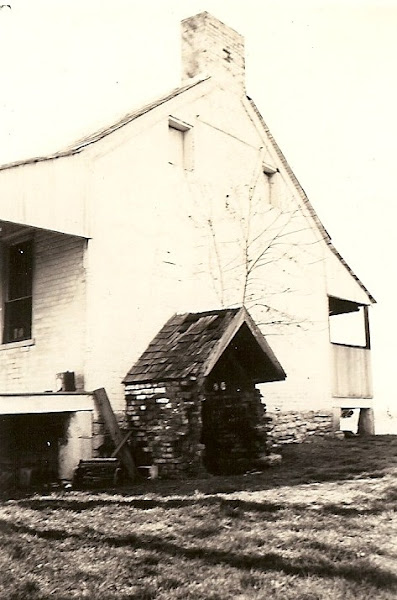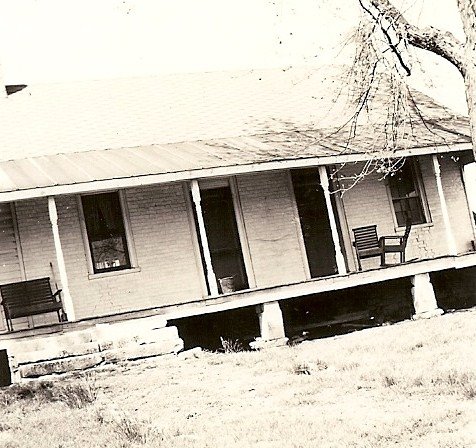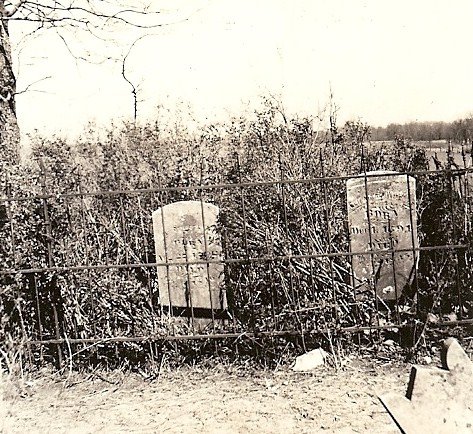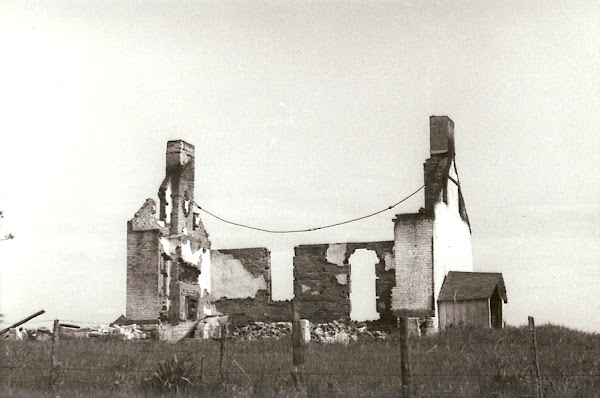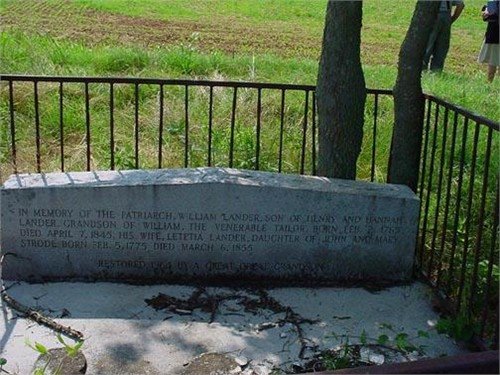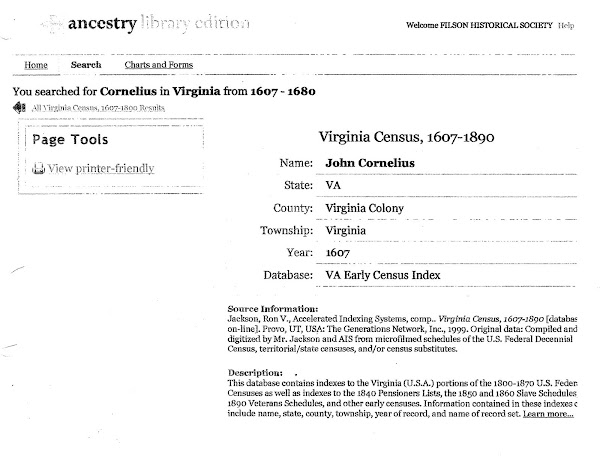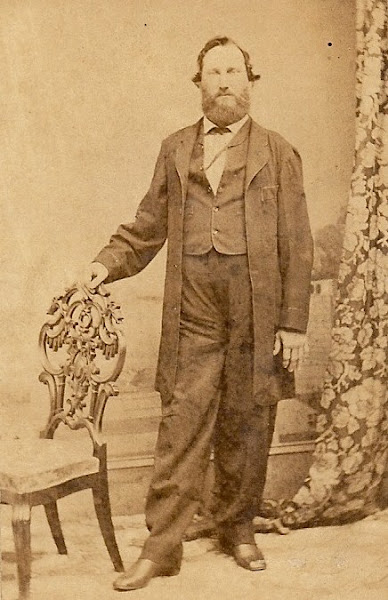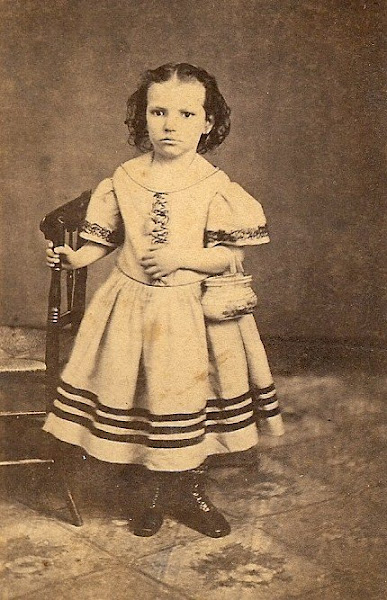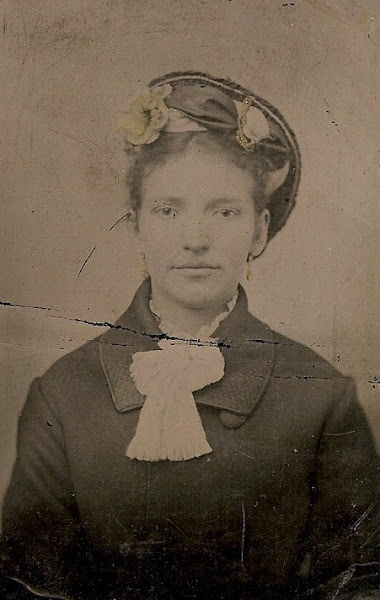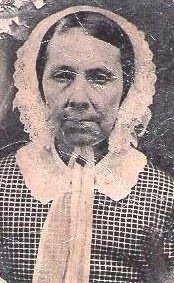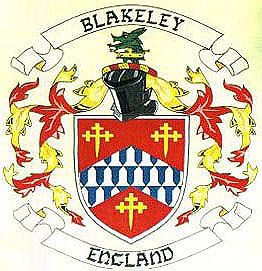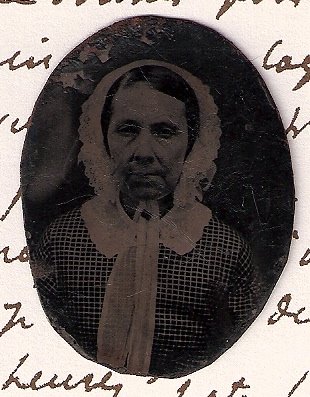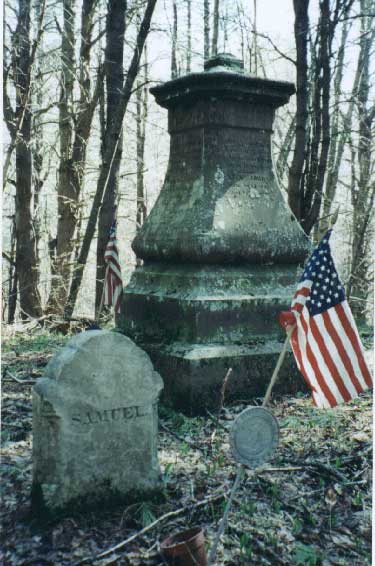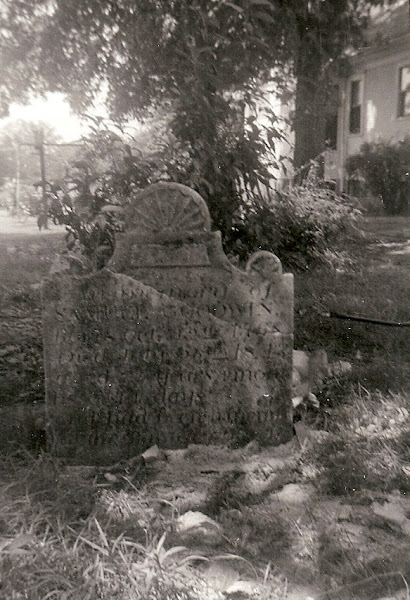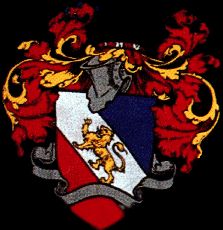December 17, 2008
INDIAN WARS: In 1778, Captain John Strode built Strode Station in Clark County, Kentucky. During this period of Kentucky history, Indian attacks were a constant danger in areas near the Ohio & Kentucky Rivers. Shawnee lived in Shawnee Town, north of the Ohio River in present day Indiana and Ohio. They traveled down into Kentucky for game. The battles were over land rights.
November 20, 2008


John Strode first came to the Kentucky wilderness in 1776 to claim land and begin his fort near the Kentucky River. He then returned to Virginia Colony and enlisted to serve under General Washington. Following Valley Forge in 1777, crossing the Delaware, and the Battle of Monmouth in 1778; Captain John Strode migrated permanently from Virginia Colony to Fort Boonesboro, Kentucky. He finished Strode's Station in 1779 [KY Historic Marker # 1047 (one mile west of Winchester, US 60, Clark County)]. NOTE: a fort had four block houses, a station had one or two. . . . Strode Station had two block houses.
John Strode's 1st cousin, Rebecca Bryan Boone, lived at Boonesboro with her husband, Daniel Boone. Her brother, Strode's 1st Cousin William Bryan, lived at Bryan's Station (William was married to Daniel Boone's sister, Mary Boone). The Bryan siblings' mother was Martha Strode, Aunt Martha to Captain John Strode. John was first cousin to Rebecca and William Bryan. John Strode's father & his Aunt Martha were siblings. A beaten path between Fort Boonesboro and Strode's Station is still visible today, Strode's Trace.
Strode's Station was the largest and most important fortified area in Clark County during the early settlements and bloody Indian Wars. Simon Girty and Shawnee Indians attacked the station in 1781, and again in 1783. The very famous Shawnee, Tecumseh, was part of these raids in the latest attacks. Two men were killed in the 1781 attack on Strode Station, none in 1783. Strode's Station didn't get attacked as hard or often as sites that were built right on buffalo traces. Strode built his fort off the beaten paths the Indians used for transportation. The fort's burial ground was unearthed in 1965. The remains were re-interred in the Winchester Cemetery. John and his wife, Mary Boyle Strode, were buried at Strode Station. Our direct line to the Strodes, Captain John Strode, and Strode Station is Letitia Strode Lander (Captain Strode's daughter). She was born at Strode Station. She married William Lander and died at their farm in Gracey, Christian County, Kentucky. Filson Quarterly, January 1988. The Clark County Public Library also has numerous files on the Strodes
Kentucky's Pioneer History The Boones, Strodes, and Bryans were cousins and in-laws. The Strodes came from Virginia Colony, Boones & Bryans from North Carolina Colony during the Revolutionary War and built their stockades within hiking distance of one another. Before Virginia & North Carolina, the Boones & Bryans knew each other in Pennsylvania. These three families are the framework of Kentucky's pioneer history during the Indian Wars. Many of the events that happened to my ancestors & their fellow settlers have been used in movies and novels (examples: The Last of the Mohicans by James Fenimore Cooper and Drums Across the Mohawk by Walter D. Edmondsm. Oh, Kentucky by Betty Layman Receveur gives a riveting description of defending a fort with 500 British & Indians attacking.) Daniel & Rebecca Boone plus the Strodes survived the Indian Wars. William Bryan wasn't as lucky. His wife, Mary Boone Bryan returned to North Carolina after William's death, before the Battle at Blue Licks, but returned to Kentucky in her elder years.
Fort or Station: Pioneer History The fortification that Daniel Boone built was called a fort because he put a block house in each corner of his structure. Captain John Strode's protection was called a station. He had only two block houses (northeast corner and southwest corner). Boone built right on the Kentucky River. Strode stayed away from major tributaries and choose a small creek instead. Strode also stayed away from buffalo traces. Forts that were near buffalo traces took more fire from Indian attacks. The Native Americans used the buffalo traces for their foot traffic.
November 19, 2008
John William Strode Lander
John William Strode Lander
mother: Elizabeth Haggard (Lander) 1791-1835
mother: Elizabeth Haggard (Lander) 1791-1835
maternal grandparents: David Haggard (1764-1790) & Nancy Dawson (Haggard) (1772-1857)
great-grandparents: Patriot Nathaniel Haggard (1723-1806) & Elizabeth Gentry (Haggard) (1731-1820), Virginia
father: John Strode Lander 1792-1846
Shawnee Chief Tecumsah died 1813 at the Battle of Thames
paternal grandparents: William Lander (1765-1845) & Letitia Strode (Lander) (1775-1855), daughter of Captain John Strode.
great-grandparents:
Veteran: Captain John Strode (1736-1805) & Mary Boyle (Strode) (1758-1829) both died and were buried at Strode Station, Clark County, Kentucky Shawnee Chief Tecumseh was born 1768. Tecumseh was a part of many of the raids with Simon Girty against Bryan Station, Strode Station, and Boonesborough.
Henry Lander (1725-1809) & Hannah Skinner (Lander) (about 1753-about 1811)
1754-1763 The French and Indian War
1765 - King George enacted the Stamp Act
Revolutionary War - two ancestors of John William Strode Lander and two ancestors of Mary Jane Blakeley were veterans.
1775, March - Patrick Henry made his heated call for independence : "Give me liberty, or give me death!"
John W. S. Lander
born: May 5, 1830 married: 1st wife Mary Bennett/died: November 25, 1848 with one child: Alice married: 2nd wife Mary Jane Blakeley, August 12, 1851 career: farmer, slave owner, and ran a wagon freighting franchise -
John Lander held all rights to transport goods from the Cumberland River and the Green River for merchants in Hopkinsville and Trigg County. During the Civil War, he ran guns for the Confederate Army in false bottom wagons. children: William "Will" N., John R., Charles T., Elizabeth "Betty" Ann, Wallace & Laura C.
grandchildren: (via Bettie Lander Hopson) Guy, Mary & Bess Hopson
great grandchildren: (via Guy Hopson) Zela & Willard Hopson/(via Bess Hopson Wolfe) Dorothy Elizabeth Wolfe Southard
2nd great grandchildren: (via Dorothy) John B. Southard Jr & Elizabeth Ann Southard/(via Zela) Linda, Donna & Fay Thompson died: December 30, 1869 (age: 39 years)
Mary Jane Blakeley (Lander) born: September 20, 1824
married: she was 27 years old in 1851 when she married John William Strode Lander
died: September 30 1876 at age 52 her parents: Josiah "Joel" Blakeley (1800-1870) & Elizabeth Goodwin (Blakeley) (1801-1895) paternal grandparents:
John Blakeley (1755-1836) & Jane Shields (Blakeley) (1766-past 1850)
Samuel Goodwin (1768-1843) & Sarah Brown (Goodwin) (1778-1842) great-grandparents:
James Blakeley (born Ireland- in North Carolina by 1755)
Robert Goodwin + wife unknown
2nd great-grandfathers: James Blakeley (Ireland) & Robert Goodwin (in NC by 1755)
3rd great-grandfather: John Blakeley (born in England, died in Ireland) Revolutionary War - two direct ancestors of Mary Jane Blakeley Lander were veterans
paternal grandparents: William Lander (1765-1845) & Letitia Strode (Lander) (1775-1855), daughter of Captain John Strode.
great-grandparents:
Veteran: Captain John Strode (1736-1805) & Mary Boyle (Strode) (1758-1829) both died and were buried at Strode Station, Clark County, Kentucky Shawnee Chief Tecumseh was born 1768. Tecumseh was a part of many of the raids with Simon Girty against Bryan Station, Strode Station, and Boonesborough.
Henry Lander (1725-1809) & Hannah Skinner (Lander) (about 1753-about 1811)
1754-1763 The French and Indian War
1765 - King George enacted the Stamp Act
Revolutionary War - two ancestors of John William Strode Lander and two ancestors of Mary Jane Blakeley were veterans.
1775, March - Patrick Henry made his heated call for independence : "Give me liberty, or give me death!"
1776, Winter - General George Washington led 11,000 men to Valley Forge, PA to camp for the winter.
1776, Christmas Eve - General George Washington crossed the Delaware River for a surprise attack against Hessian soldiers at Trenton, NJ
John W. S. Lander
born: May 5, 1830 married: 1st wife Mary Bennett/died: November 25, 1848 with one child: Alice married: 2nd wife Mary Jane Blakeley, August 12, 1851 career: farmer, slave owner, and ran a wagon freighting franchise -
John Lander held all rights to transport goods from the Cumberland River and the Green River for merchants in Hopkinsville and Trigg County. During the Civil War, he ran guns for the Confederate Army in false bottom wagons. children: William "Will" N., John R., Charles T., Elizabeth "Betty" Ann, Wallace & Laura C.
grandchildren: (via Bettie Lander Hopson) Guy, Mary & Bess Hopson
great grandchildren: (via Guy Hopson) Zela & Willard Hopson/(via Bess Hopson Wolfe) Dorothy Elizabeth Wolfe Southard
2nd great grandchildren: (via Dorothy) John B. Southard Jr & Elizabeth Ann Southard/(via Zela) Linda, Donna & Fay Thompson died: December 30, 1869 (age: 39 years)
Mary Jane Blakeley (Lander) born: September 20, 1824
married: she was 27 years old in 1851 when she married John William Strode Lander
died: September 30 1876 at age 52 her parents: Josiah "Joel" Blakeley (1800-1870) & Elizabeth Goodwin (Blakeley) (1801-1895) paternal grandparents:
John Blakeley (1755-1836) & Jane Shields (Blakeley) (1766-past 1850)
Samuel Goodwin (1768-1843) & Sarah Brown (Goodwin) (1778-1842) great-grandparents:
James Blakeley (born Ireland- in North Carolina by 1755)
Robert Goodwin + wife unknown
2nd great-grandfathers: James Blakeley (Ireland) & Robert Goodwin (in NC by 1755)
3rd great-grandfather: John Blakeley (born in England, died in Ireland) Revolutionary War - two direct ancestors of Mary Jane Blakeley Lander were veterans
Bettie Lander Hopson was a child when her mother, Mary Jane Blakeley died. Bettie's grandmother Elizabeth Goodwin Blakeley raised the children. Bettie ("Granny") always spoke of her grandmother with tremendous affection, "She was the best woman that ever lived."
Subscribe to:
Posts (Atom)
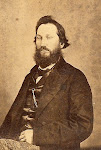
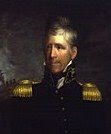.jpg)








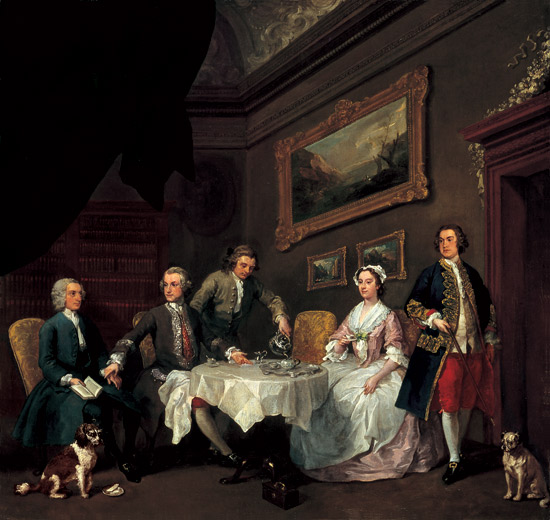





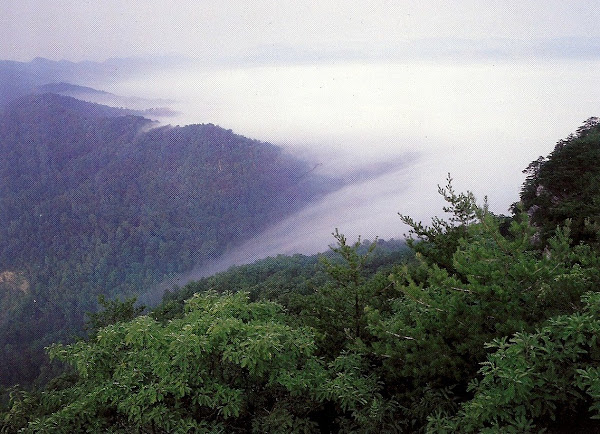






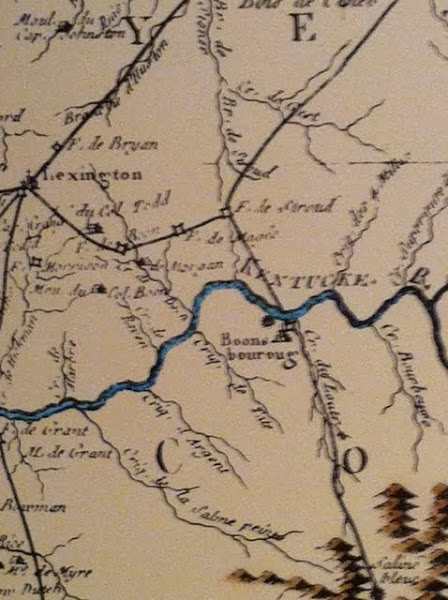



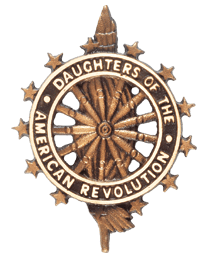
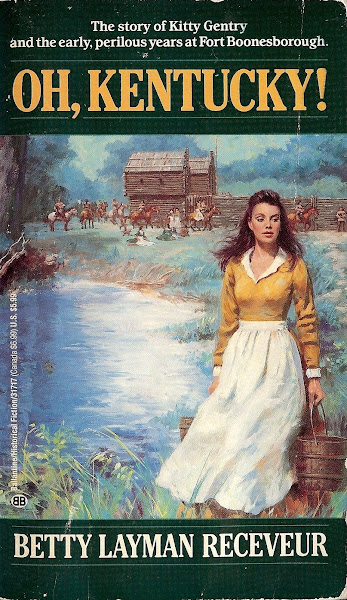.jpg)
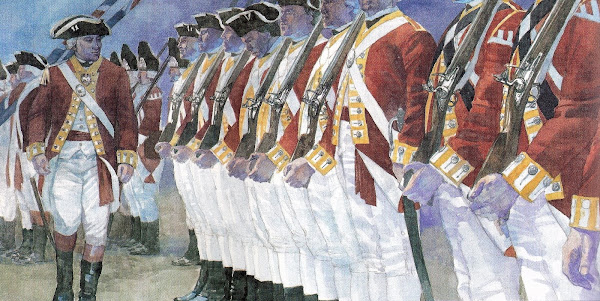

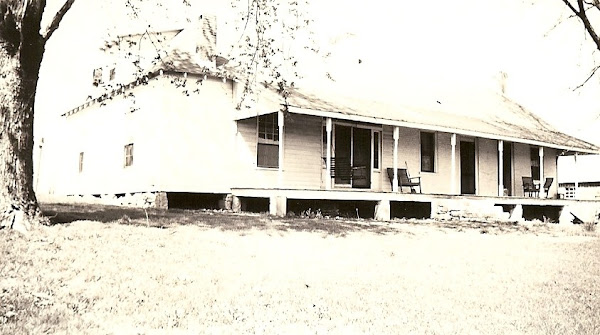.jpg)
